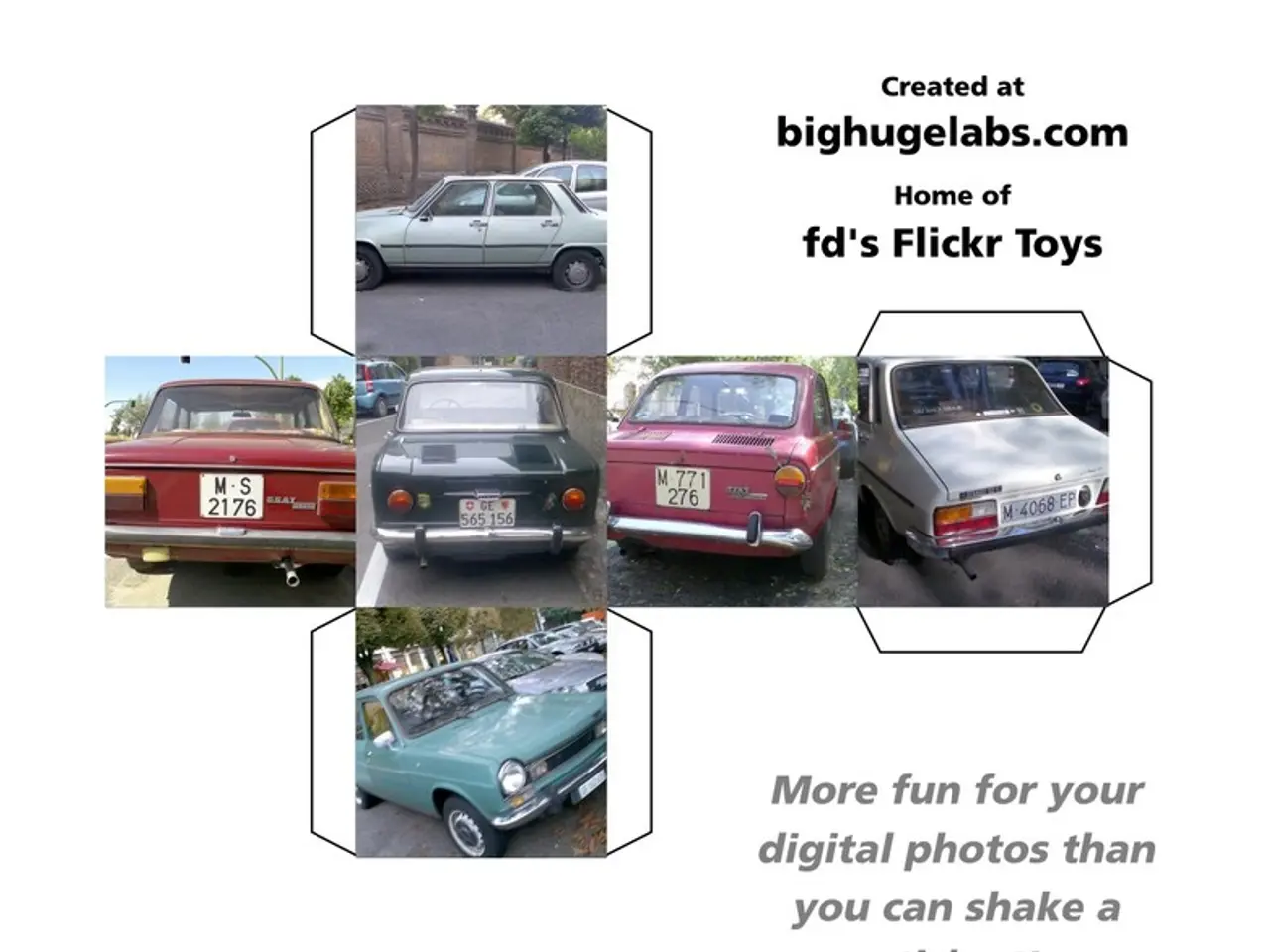Are Stop-Start Systems Beneficial? Trump's EPA Expresses Disagreement
The debate surrounding stop-start systems — technology that automatically shuts off an engine when a vehicle is idling and restarts it when needed — has gained significant attention due to its potential benefits for carbon emissions, consumer satisfaction, and the effects on starter systems.
In terms of carbon emissions, these systems are designed to reduce fuel consumption and lower emissions during idling periods, such as at traffic lights. They are generally seen as beneficial in cutting down CO2 emissions, especially in urban driving where idling is frequent. However, there is ongoing debate about the lifecycle emissions impact, considering the embedded energy and additional materials required for these systems.
Regarding consumer satisfaction, there is some controversy. While many consumers appreciate the potential fuel savings and environmental benefits, others find stop-start systems annoying or intrusive due to frequent engine shutdowns and restarts. These interruptions can affect driving smoothness and comfort, and there are concerns about potential impacts on vehicle resale value and driving experience.
For the impact on starter systems, stop-start technology puts additional demand on the vehicle's starter motor and battery because the engine is cycled on and off repeatedly. This leads to debate about the durability and cost-effectiveness of these components. Vehicles equipped with stop-start systems typically use reinforced starter motors and advanced batteries (e.g., AGM or EFB types) designed for frequent restarts. However, there are ongoing concerns about potential increased maintenance costs or premature wear compared to conventional starters.
The Environmental Protection Agency (EPA) under the Trump Administration encouraged automakers to eliminate stop-start systems, citing minimal carbon-emissions benefits and widespread consumer dislike. EPA Administrator Lee Zeldin stated that these systems offer minimal carbon-emissions benefits, are widely disliked by consumers, and prematurely wear out starter systems.
On the other hand, Consumer Reports has highlighted both positive and negative aspects of stop-start systems in their vehicle evaluations. The main contention lies in balancing real-world emission reductions and fuel savings against consumer acceptance and the long-term reliability and cost of modified starter systems.
The adoption of stop-start systems has been widespread, with nearly all Internal Combustion Engine (ICE) and mild-hybrid vehicles sold in the EU now equipped with them. These systems were widely adopted in Europe in the 1980s, and today, they are an industry segment worth $67 billion a year. The EPA's 2020 compliance report noted that stop-start systems contributed about 2.4 g/mi of average CO2 savings in ICE vehicles compared to equivalent models without the technology.
Despite the ongoing debate, the benefits of stop-start systems in reducing emissions and improving fuel economy are undeniable. However, addressing consumer concerns about the systems' impact on driving experience and the durability of starter systems will be crucial for their continued adoption.
- As technology continues to advance, electric vehicles (electric vehicles) are becoming a viable alternative to traditional vehicles, often equipped with stop-start systems for improved emissions and fuel efficiency.
- The benefits of stop-start systems extend beyond emissions, as they also showcase the integration of technology into vehicles, aiming to optimize fuel consumption during idling periods, such as at traffic lights.




